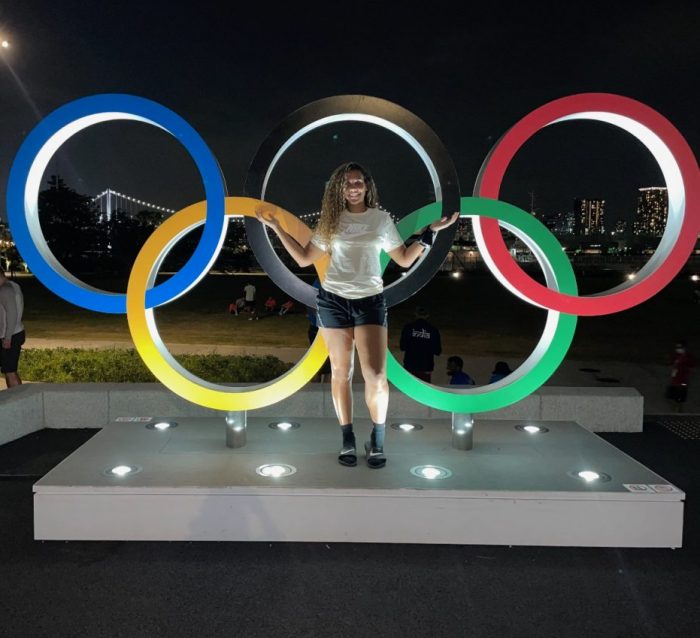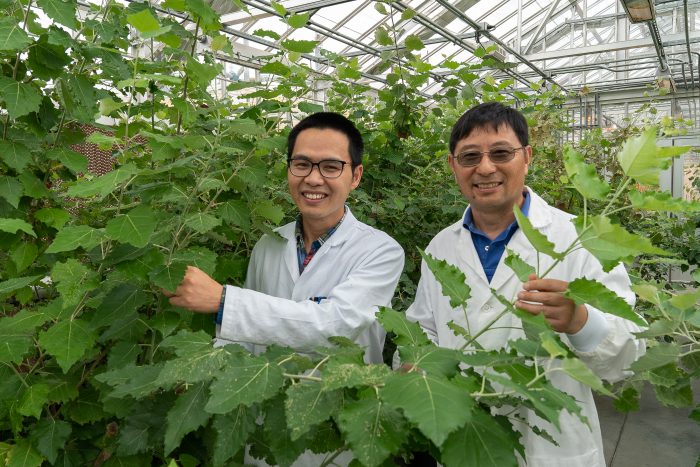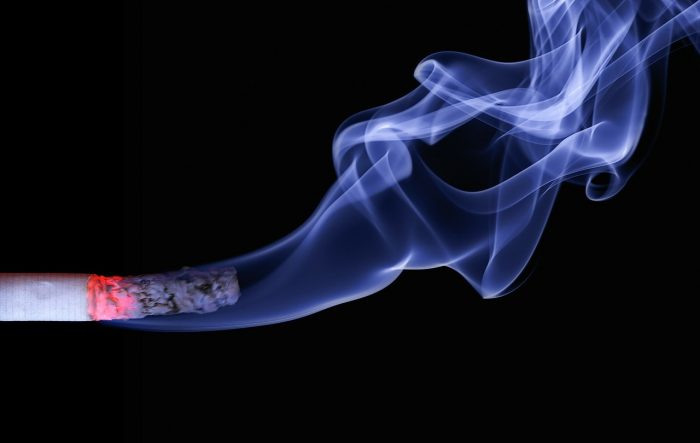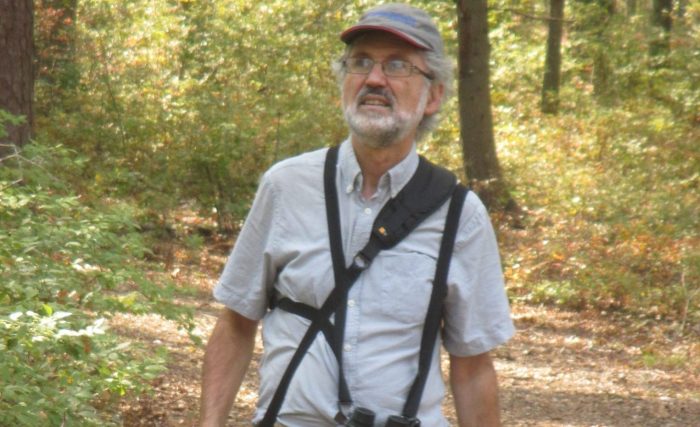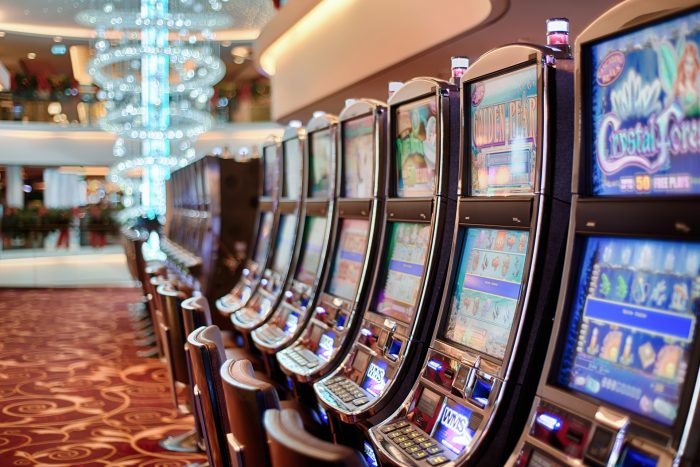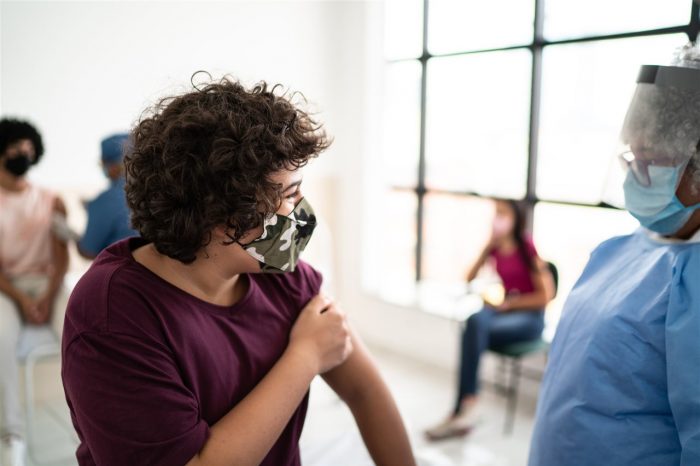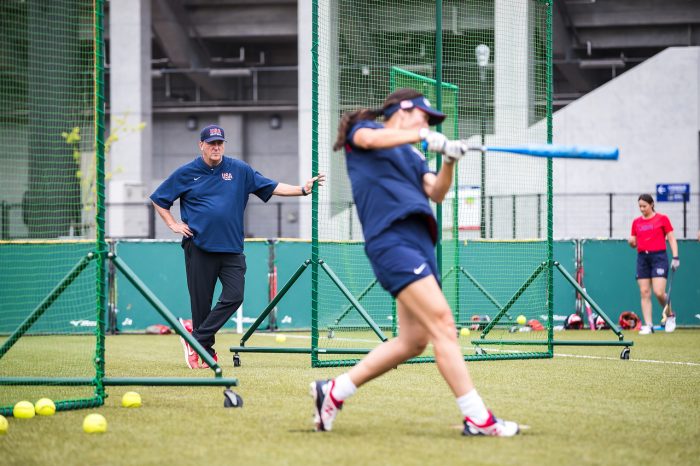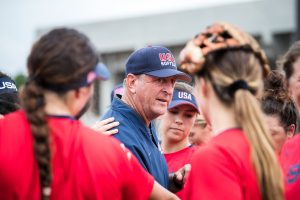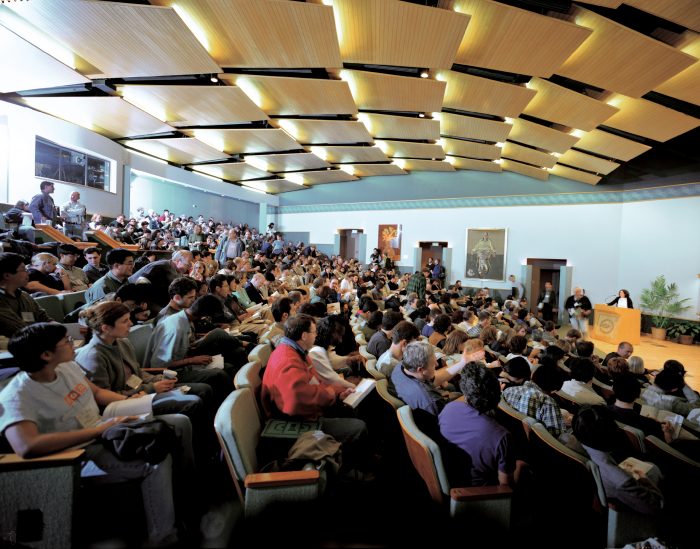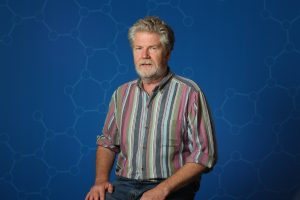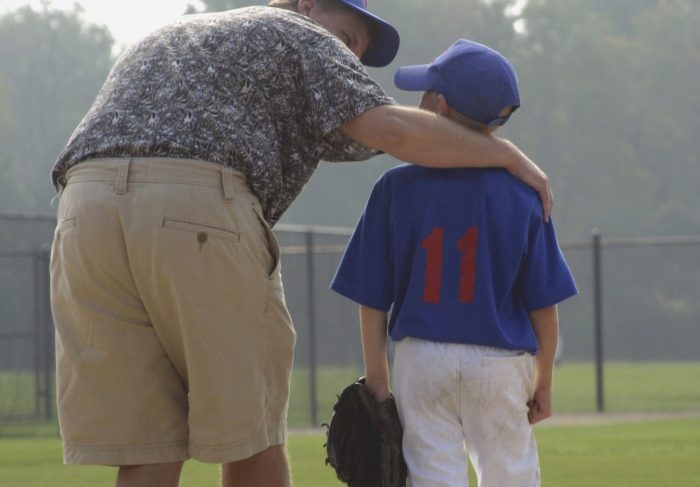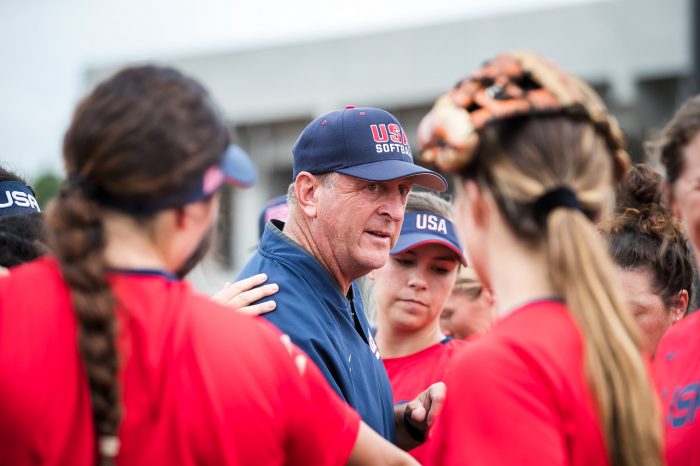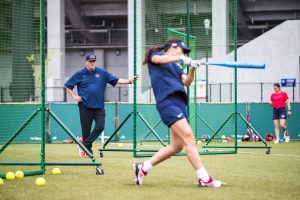Stony Brook University’s India Pagan, competing in the Olympics for Puerto Rico, took several shots against China in the preliminary round of the basketball tournament, but none of them went in.

Against Belgium, the 6-foot-1-inch forward finally put the ball through the hoop, something she’d done so frequently at Stony Brook that she scored over 1,000 points as a Seawolf.
“I remember the first one I made” at the Olympics, said Pagan. “I didn’t have to stress anymore. I couldn’t stop smiling.”
Pagan, who was on Puerto Rico’s first women’s Olympic basketball team, scored two baskets and sank two free throws, scoring six points in that game.
Despite the challenges and restrictions created by the Delta variant of COVID-19 and the three losses the Puerto Rican team had in games against China, Belgium and Australia, Pagan had plenty of reasons to smile as she enjoyed everything from the opening ceremonies to taking selfies with some of the best athletes in the world to some limited sightseeing.
After a lengthy journey to the other side of the world, Pagan cheered her way through an opening ceremony full of familiar pageantry, but devoid of its customary shouting spectators.
“It was surreal to me,” Pagan said. “I watched this on TV a couple of years ago. Walking with the flag, with the whole delegation of Puerto Rico, seeing the stage, the torch, the dances, the acts of music, everything, it was just so beautiful.”
Pagan said she cried three or four times during the ceremonies.
Behind the scenes, Pagan said the time spent waiting for the ceremonies to begin and the hours on their feet amid the excitement took their toll.
“By the end of the night, all of our backs hurt, our feet hurt,” she laughed. “Thankfully, we didn’t have practice the next day, so we had a little time to recover.”
Around the games, Pagan soaked in the atmosphere and reveled in the moment on one of the world’s largest, albeit emptiest, athletic stages.
One of the big stories to come out of the Olympics involved American gymnast Simone Biles, who pulled out of most of the competition amid concerns about her mental health and her ability to get her bearings while flying and twisting through the air.
“We understood the mental health aspects” of Biles’s decision, Pagan said. “She’s got to do what’s best for her. We did feel for her.”
Pagan said the Puerto Rican basketball team met with their coach, who told them they could speak with a doctor or a psychologist if they needed support.
Pagan missed her family and friends but didn’t need those mental health services during her time in Tokyo.
Pagan was thrilled to run into several superstars in their sports, taking selfies with National Basketball Association star Jayson Tatum from the Boston Celtics, and with Spanish basketball sensations Marc Gasol, who currently plays for the Los Angeles Lakers and his brother Pau, who retired from the NBA in 2019 after an 18-year career. She also ran into Serbian tennis great Novak Djokovic.
“Seeing those people was cool for me,” Pagan said.
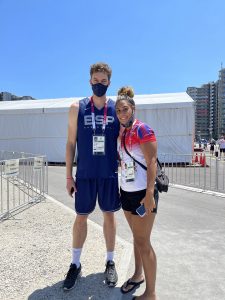
Everyone had to wear face shields in the dining hall which made conversations, even among teammates, challenging.
“It was tough to interact” while she was eating, Pagan said.
She did, however, have the opportunity to speak and play games with other masked athletes in a recreational area. Pagan and teammates Jada Stinson and Jacqueline Benitez visited with athletes from the South African soccer and track teams, and several teams from Ireland, Italy and Iran while playing table tennis, pool and darts.
During her stay in Tokyo, Pagan recalled the lives of two people she and her family recently lost. She wrote the names of Tatiana Mayas, one of her closest childhood friends, and Gloria Sotomayor, a friend of her mother’s, on a white ribbon and pinned them on a memorial tree.
While the athletes couldn’t explore Tokyo on their own or travel much outside the Olympic village, they took a bus tour to Mt. Fuji, which, at 12,380 feet, is the tallest mountain in Japan.
“If we got off the bus and the [International Olympic Committee] found out, they would have kicked us out of the Olympics,” Pagan said.
Pagan remained appreciative of an opportunity she didn’t take for granted, especially since she has no guarantee that she or the Puerto Rican team will return for the 2024 Olympics in Paris.
“I was ready for anything and I was grateful for anything,” Pagan said.
In addition to returning with a collection of memories, photos and selfies, Pagan brought back numerous souvenirs for herself and her family.
She purchased a letterman jacket that she said she “had to have,” because it was a once-in-a-lifetime opportunity.
She also purchased shoes, shirts, key chains, umbrellas, pins and notebooks.
“It was like Christmas,” she laughed. The gifts were worth the money, as her family’s faces “lit up” when she produced their presents.
During her Olympics, she appreciated the outpouring of support for her and for the team.
“My phone has never blown up as much as it did when I was at the Olympics,” said Pagan, who is returning to Stony Brook to earn her master’s this fall and to use a fifth year of eligibility the National Collegiate Athletic Association granted to athletes amid the pandemic.
She left North America with 6,000 Instagram followers and returned with 11,000.
One of the first things she did when she returned, after sharing presents, crying and catching up with family, was to get behind the wheel.
“I couldn’t wait to drive my car and be free and go wherever I wanted to, instead of being restrained and told to stay in one place or being locked up in a room,” Pagan said.
She hopes the team will return to the next Olympics in Paris in 2024.
“Hopefully, we’ll be back,” she said. “This experience will definitely help us grow as a program. We’re on our way up.”
As for what’s next, she plans to rest and recover from the exhausting and exhilarating trip and to add the Olympic rings tattoo to her leg.
Pagan appreciates the opportunity to play a game she loves at the Olympic level.
“It was a blessing and an honor,” Pagan said.

